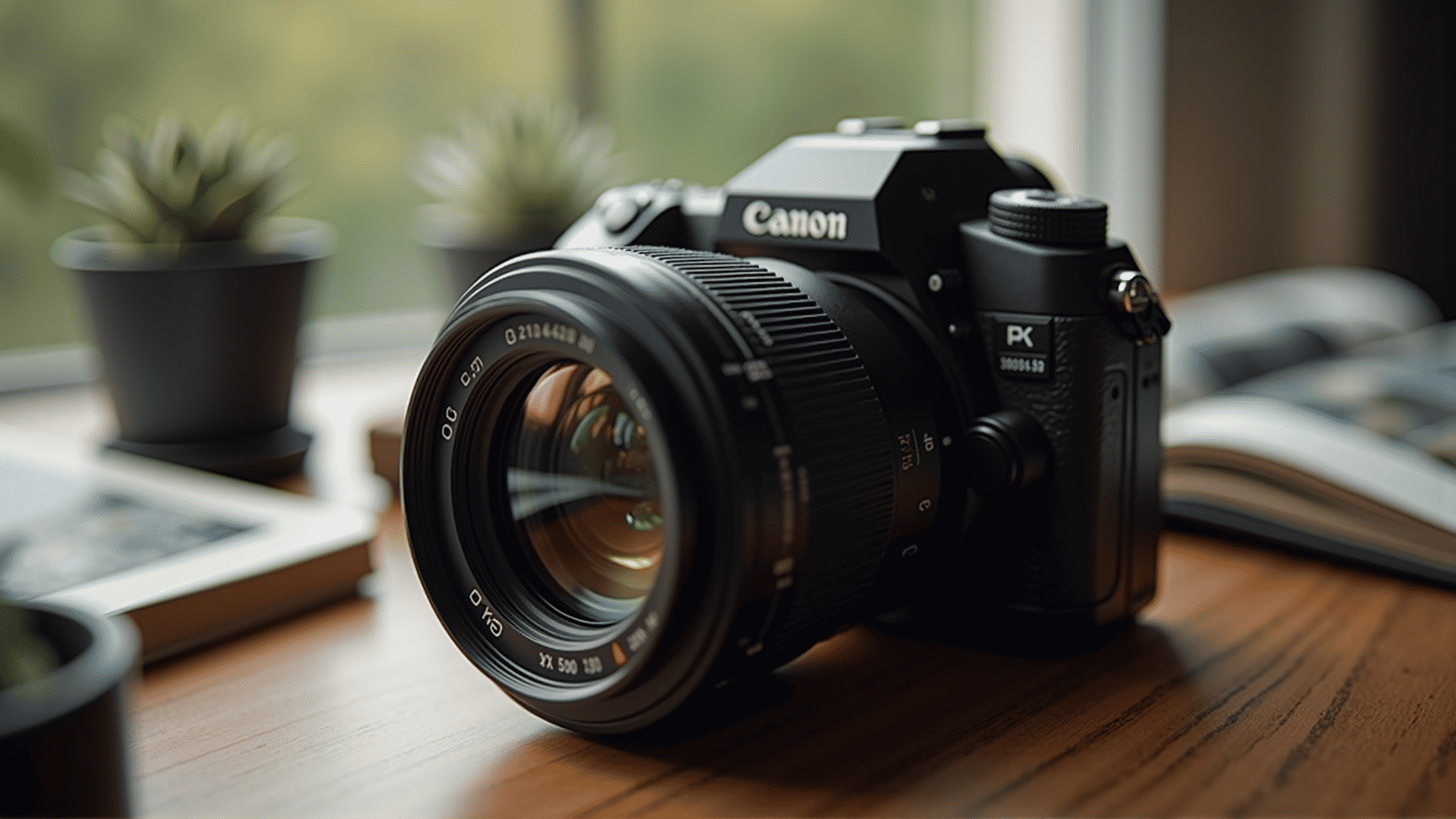Understanding the fundamental concepts of camera operation can significantly enhance your ability to capture stunning images. Mastering techniques related to shutter speed, aperture, and composition opens up a world of creative possibilities, enabling you to transform your unique vision into reality.
Shutter Speed Mastery
Shutter speed is a crucial element in capturing movement. It refers to the length of time the camera shutter is open to expose light onto the sensor. A fast shutter speed, such as 1/1000 sec, can freeze a fast-moving subject, making it ideal for sports or wildlife imagery. Conversely, a slower shutter speed, like 1/30 sec, allows motion blur, which can be creatively employed in scenes with waterfalls or moving vehicles to convey a sense of motion.
Experimenting with different shutter speeds can greatly influence the mood of your image. To maintain clarity, particularly in low light, a tripod can be indispensable when employing slower shutter speeds.
Exploring Aperture Settings
Aperture, represented by the f-number, controls the depth of field and the amount of light entering the camera. A wider aperture (lower f-number) like f/2.8 allows in more light and creates a shallow depth of field. This effect is perfect for portraits where you want your subject in focus against a softly blurred background.
In landscapes where detail is paramount, a smaller aperture (higher f-number) such as f/16 is more appropriate, ensuring greater depth of field so that both foreground and background are crisp.
Composition and Framing Techniques
While technical settings are essential, composition plays an equally vital role. Implementing the rule of thirds can create balanced and engaging images. Imagine dividing your frame into nine equal sections with two horizontal and two vertical lines. Placing your subject on these lines or their intersections often results in a more pleasing composition.
Additionally, leading lines such as roads, rivers, or pathways draw the viewer’s eye through the image, enhancing its depth and interest. Framing your subject using natural elements such as tree branches or architectural features can add a layer of context and perspective to your image.
Experiment and Evolve
No set of instructions can replace the valuable insights gained through experience and experimentation. Try new angles, different types of lighting, and subjects, always observing the effects of changing settings. Learning to analyze your images critically will help you understand what techniques enhance your photos and areas that require improvement.
By continuously practicing and refining your skills, your photographic capabilities will evolve, allowing you to convey stories or emotions more effectively through your images. The principles of shutter speed, aperture, and composition offer the foundational knowledge needed to explore the artistic potential within each shot.
